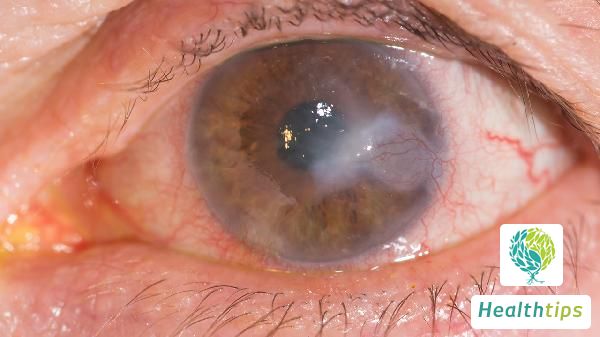Does Gout Always Result in High Uric Acid Levels?
Gout and Hyperuricemia Relationship
Gout does not necessarily entail hyperuricemia, and there is no inevitable connection between the two. Gout is a metabolic disorder caused by purine metabolism disturbance or uric acid excretion impairment, with its pathogenesis primarily linked to hyperuricemia.

Causes
Gout is a joint disease resulting from the deposition of monosodium urate crystals in the body, directly related to hyperuricemia caused by purine metabolism disturbances and reduced uric acid excretion. Long-term high-purine diets, alcohol consumption, among others, can trigger acute gout attacks, while conditions such as obesity, diabetes, and hypertension can also increase the risk of developing gout.
Symptoms
Gout patients often experience sudden joint pain at night, commonly in the first metatarsophalangeal joint, manifested as redness, swelling, heat, and pain, with severe cases resulting in limited mobility. As the condition progresses, the pain gradually intensifies and spreads to other areas. Without timely treatment, it can lead to joint deformities and loss of function.
Treatment
For gout patients without complications, medication should be administered as prescribed. Commonly used drugs include non-steroidal anti-inflammatory drugs (NSAIDs) such as Ibuprofen Sustained-Release Capsules and Diclofenac Sodium Sustained-Release Tablets, as well as uric acid-lowering medications like Allopurinol Tablets and Febuxostat Tablets. Daily life should avoid high-purine foods like animal viscera and seafood.
Precautions
Upon diagnosis of gout, active control of diet and lifestyle is essential. A low-purine diet is recommended, with limited alcohol intake, maintaining appropriate exercise and weight. Regular monitoring of blood uric acid levels and treatment under medical guidance are also crucial.



















